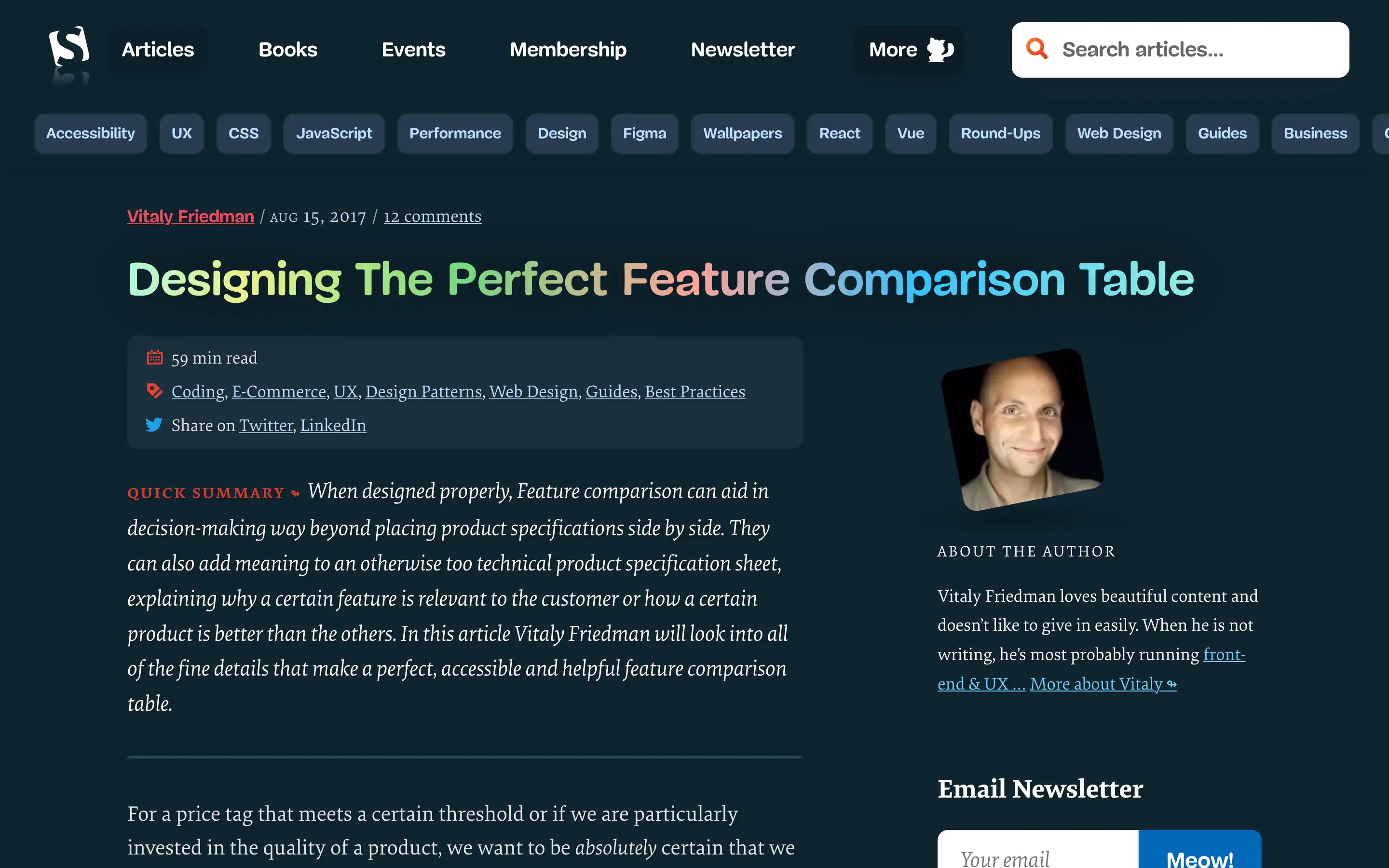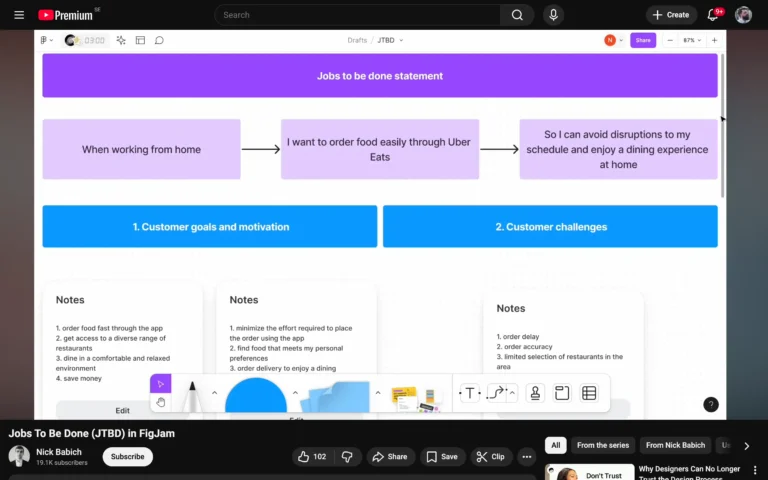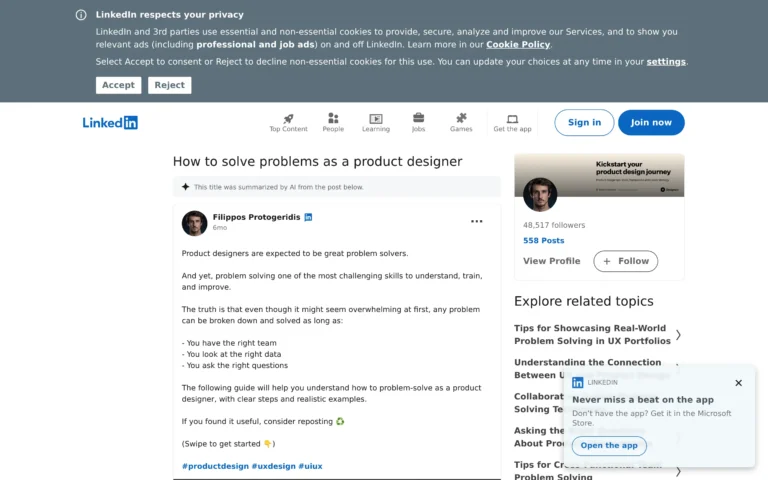Designing an effective feature comparison table is crucial for helping customers make informed purchasing decisions, especially for complex or high-value products. Vitaly Friedman explores the key to presenting only the most relevant and meaningful attributes while organizing the information in a clear and scannable way in this article.
First and foremost, it’s important to understand the customer’s mindset – whether they are making a “non-considered” purchase, like batteries or office supplies, or a “considered” purchase, like a refrigerator or vacation package. For the latter, a well-designed comparison table can be invaluable in guiding the customer to the right choice.
However, creating such a table is no easy feat. Inconsistent or missing product data can quickly render the comparison useless, leaving the customer frustrated and more likely to abandon the purchase. Retailers must invest in maintaining clean, structured metadata across their entire inventory.
Ultimately, the goal is to make the comparison process as effortless and insightful as possible for the customer. By thoughtfully designing the experience, retailers can turn a potentially arduous task into a valuable decision-making tool that builds trust, reduces friction, and drives sales, as Vitaly Friedman explores in depth.








